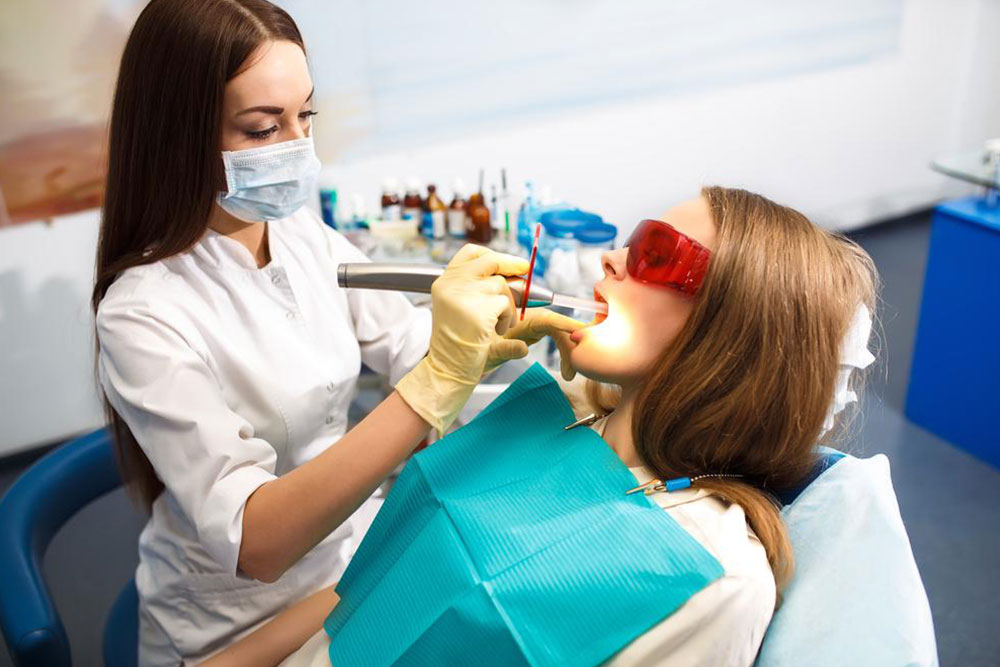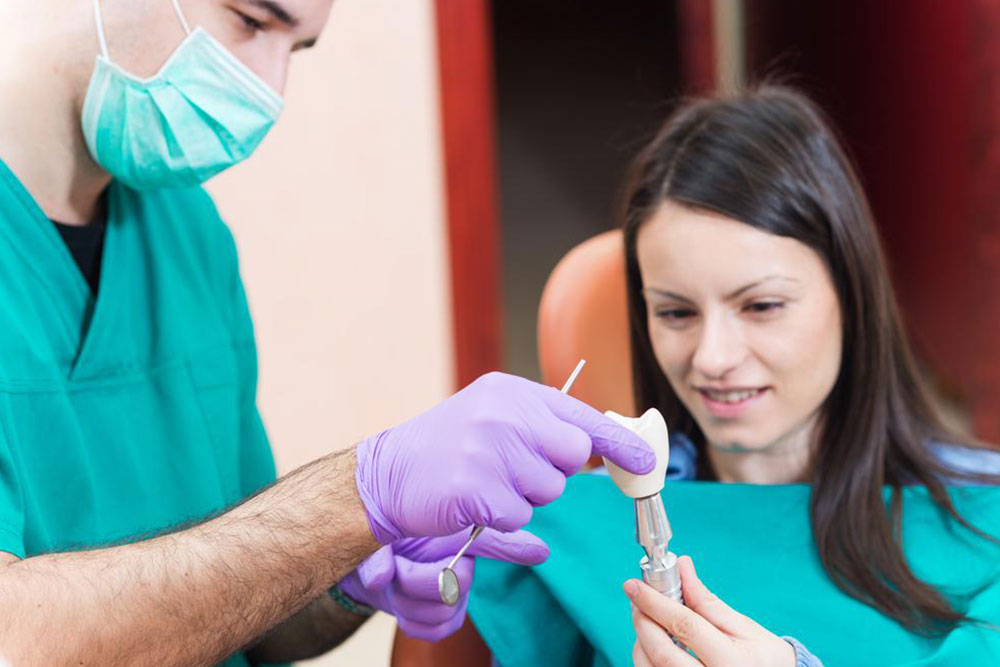Comprehensive Guide to Gum Disease Treatments: Surgical and Non-Surgical Options
Explore comprehensive gum disease treatments, both surgical and non-surgical. Learn about preventive dental cleanings, scaling, root planing, flap surgery, bone grafts, soft tissue grafts, and guided tissue regeneration to maintain healthy gums and prevent tooth loss. Understand treatment approaches tailored to the severity of gum issues for optimal oral health. Consult professionals for personalized care and keep your gums healthy through proper treatment options.

Comprehensive Guide to Gum Disease Treatments: Surgical and Non-Surgical Options
Maintaining good oral hygiene is essential, but often overlooked is the health of your gums. Neglected gums can lead to issues like tooth loosening and loss. Fortunately, effective treatment options are available to combat gum disease and prevent complications.
Gum disease treatments are categorized into surgical and non-surgical approaches. The choice depends on your overall health and how your gums respond to initial treatments. Usually, non-surgical methods are attempted first, with surgical procedures considered if necessary.
Non-invasive treatments for gum disease include:
Professional Dental Cleaning
This preventive measure involves removing plaque and tartar buildup above and below the gum line, which regular brushing alone cannot eliminate. It's recommended twice a year to maintain healthy gums.
Scaling and Root Planing
If tartar has accumulated under the gums, your dentist may suggest this procedure. Performed under local anesthesia, it involves scraping away tartar and smoothing the tooth roots to promote gum reattachment.
Sometimes, surgical intervention becomes necessary, especially if gum tissue or bone is severely affected. Common surgical options include:
Flap Surgery/Pocket Reduction
This involves lifting the gums to remove tartar and smooth damaged bone tissue, helping the gums reattach securely and reducing infection risks.
Bone Grafting
Severe bone loss may require grafting using your own, donor, or synthetic bone material to facilitate regeneration, often accelerated with tissue engineering.
Soft Tissue Grafts
Used to restore receded gums by taking tissue from the roof of the mouth to cover exposed roots.
Guided Tissue Regeneration
This technique involves placing a filler material to preserve space for bone regrowth, often combined with flap surgery in advanced cases.
Note: Our blog provides insightful information across various topics. While we base our content on thorough research, it should not replace professional medical advice. Readers should consult with dental professionals for personalized treatment options, as some offers and schemes may vary.










